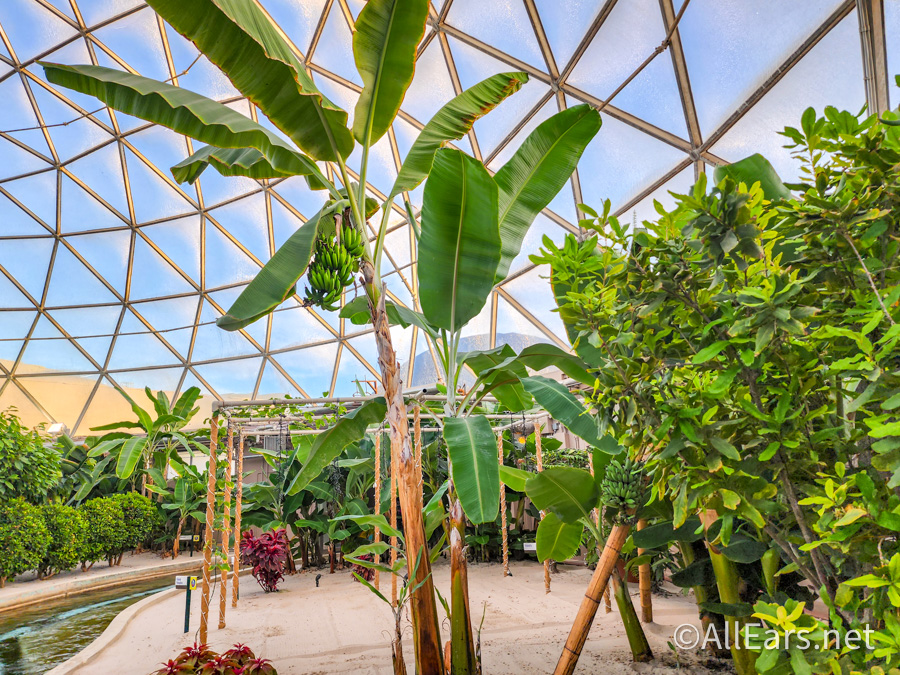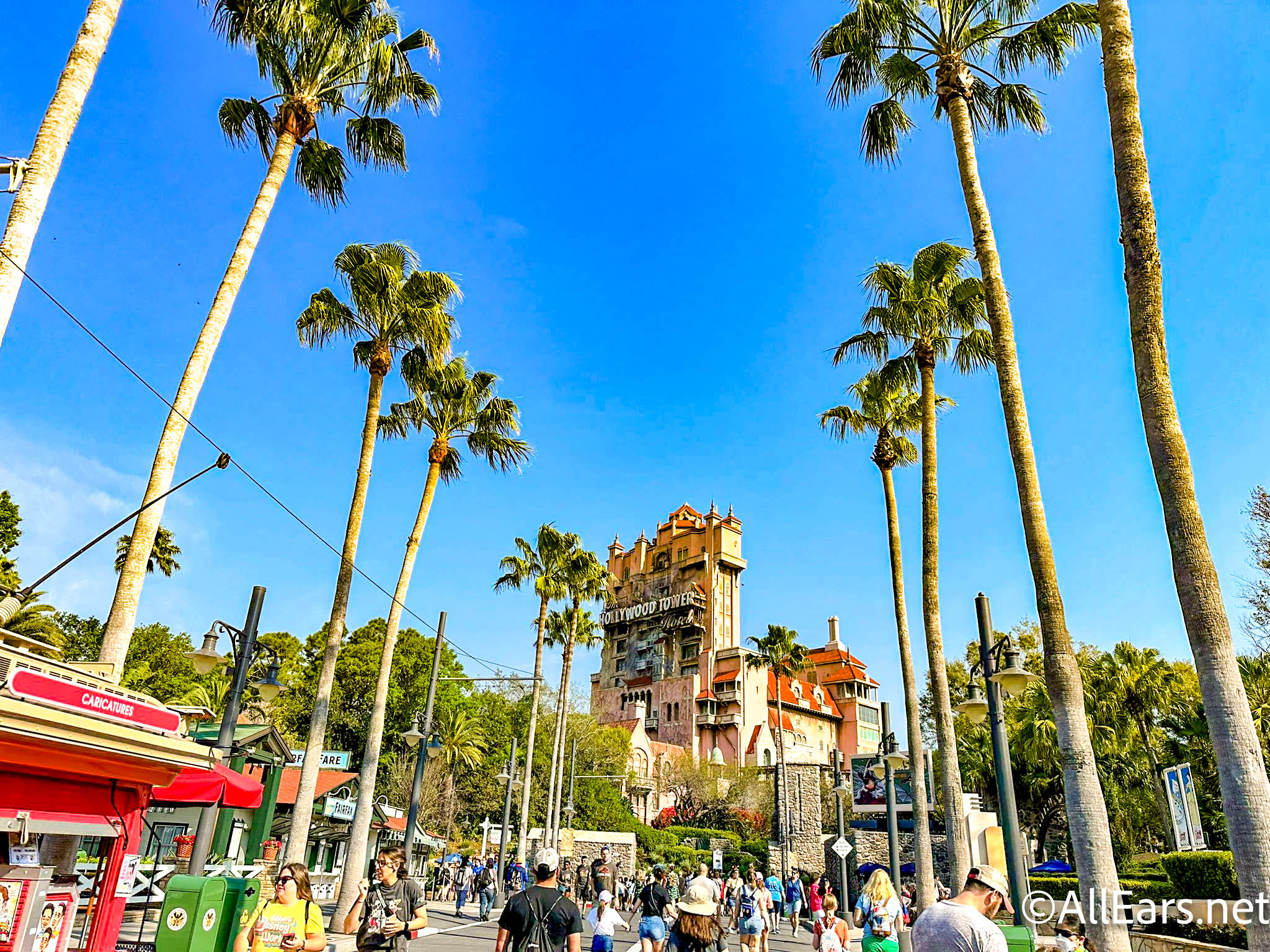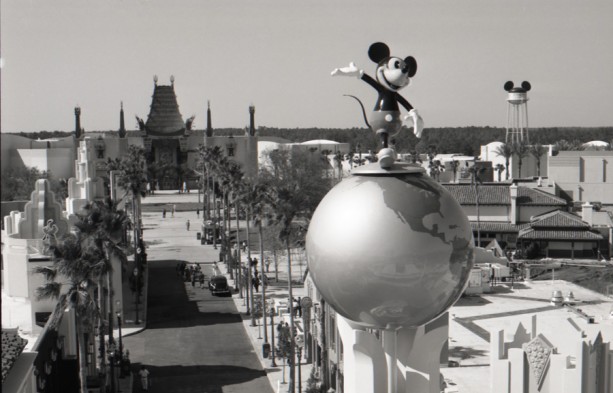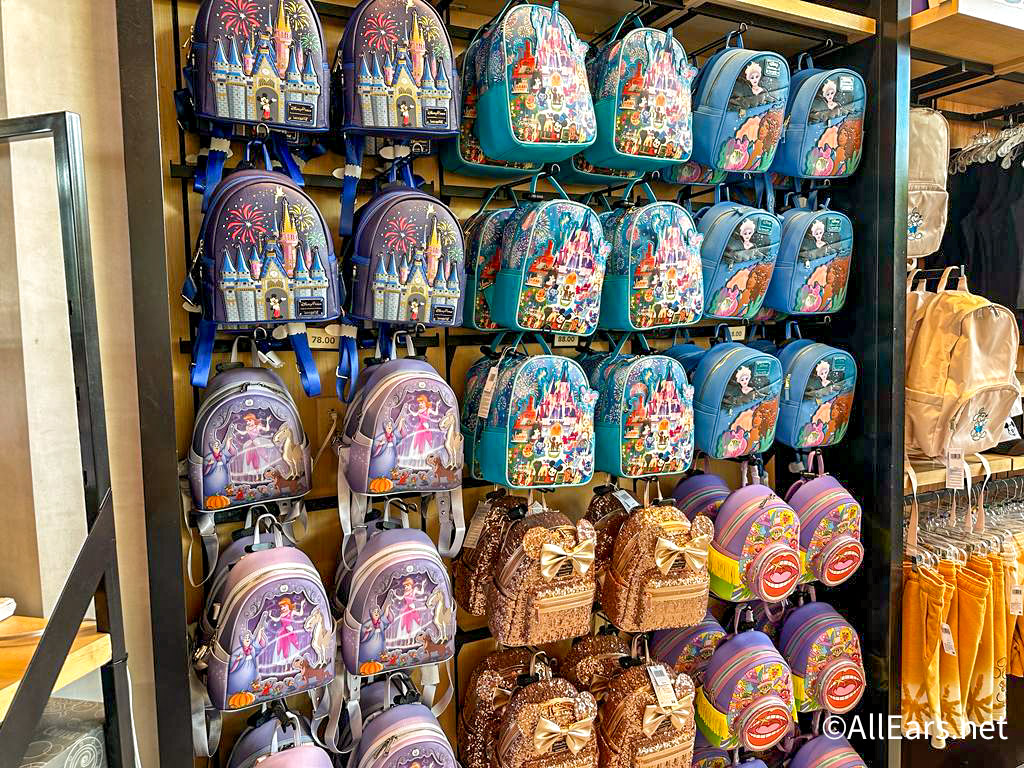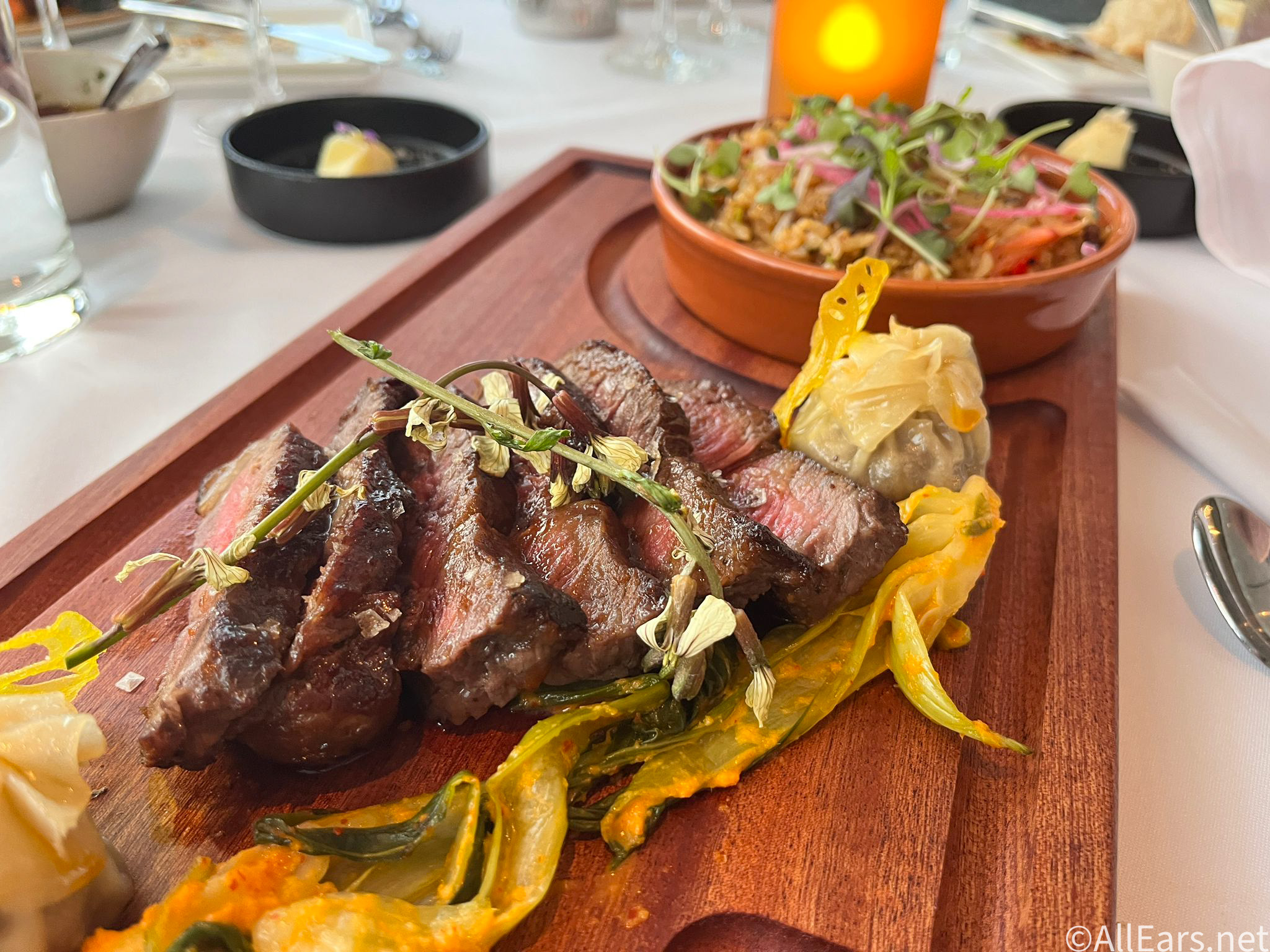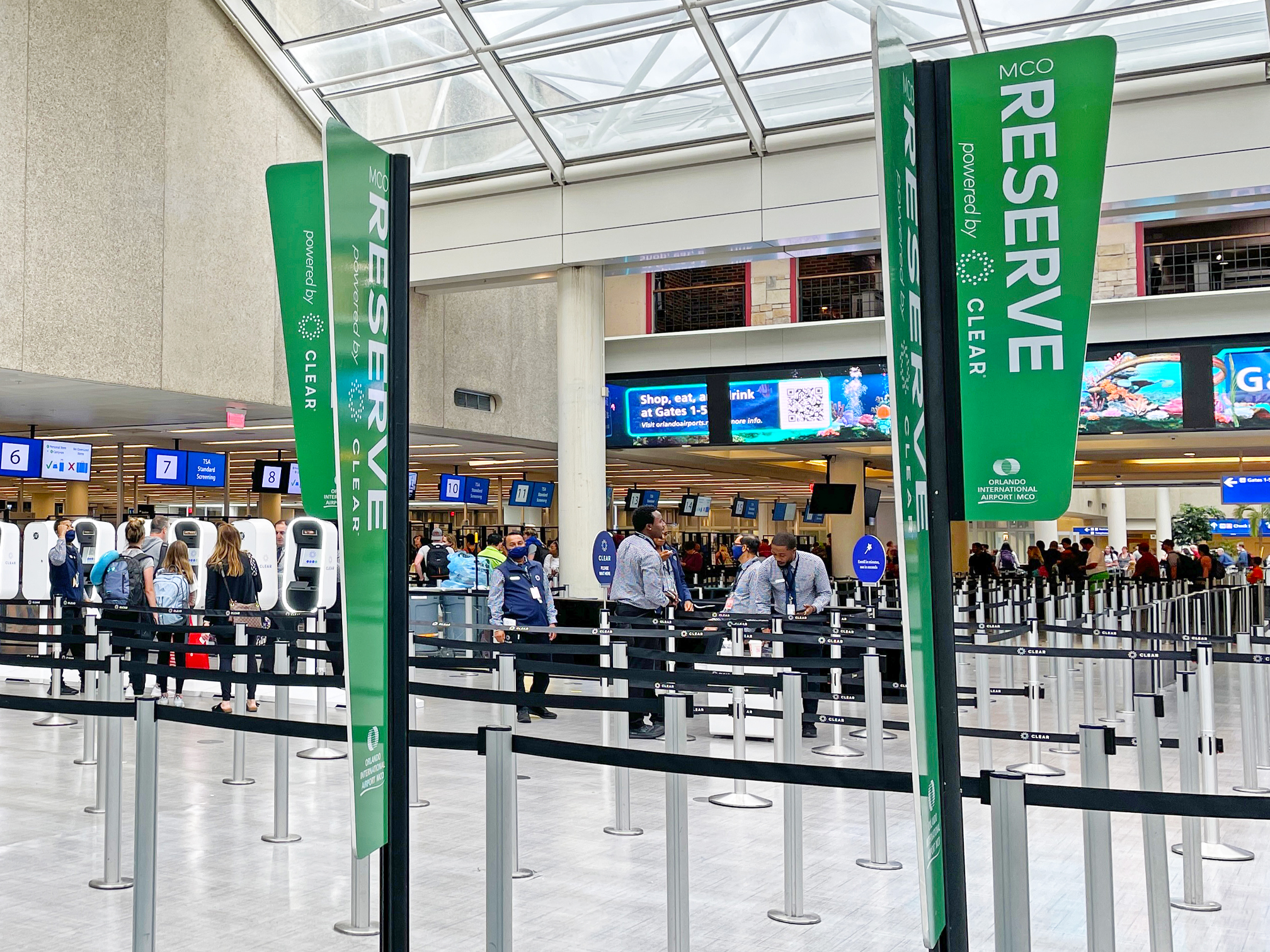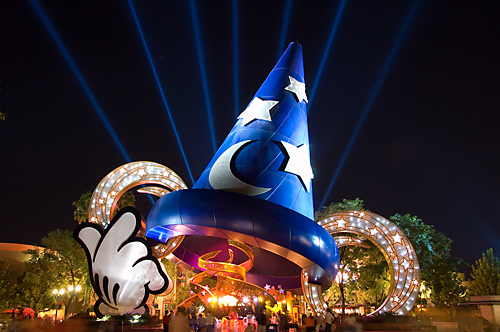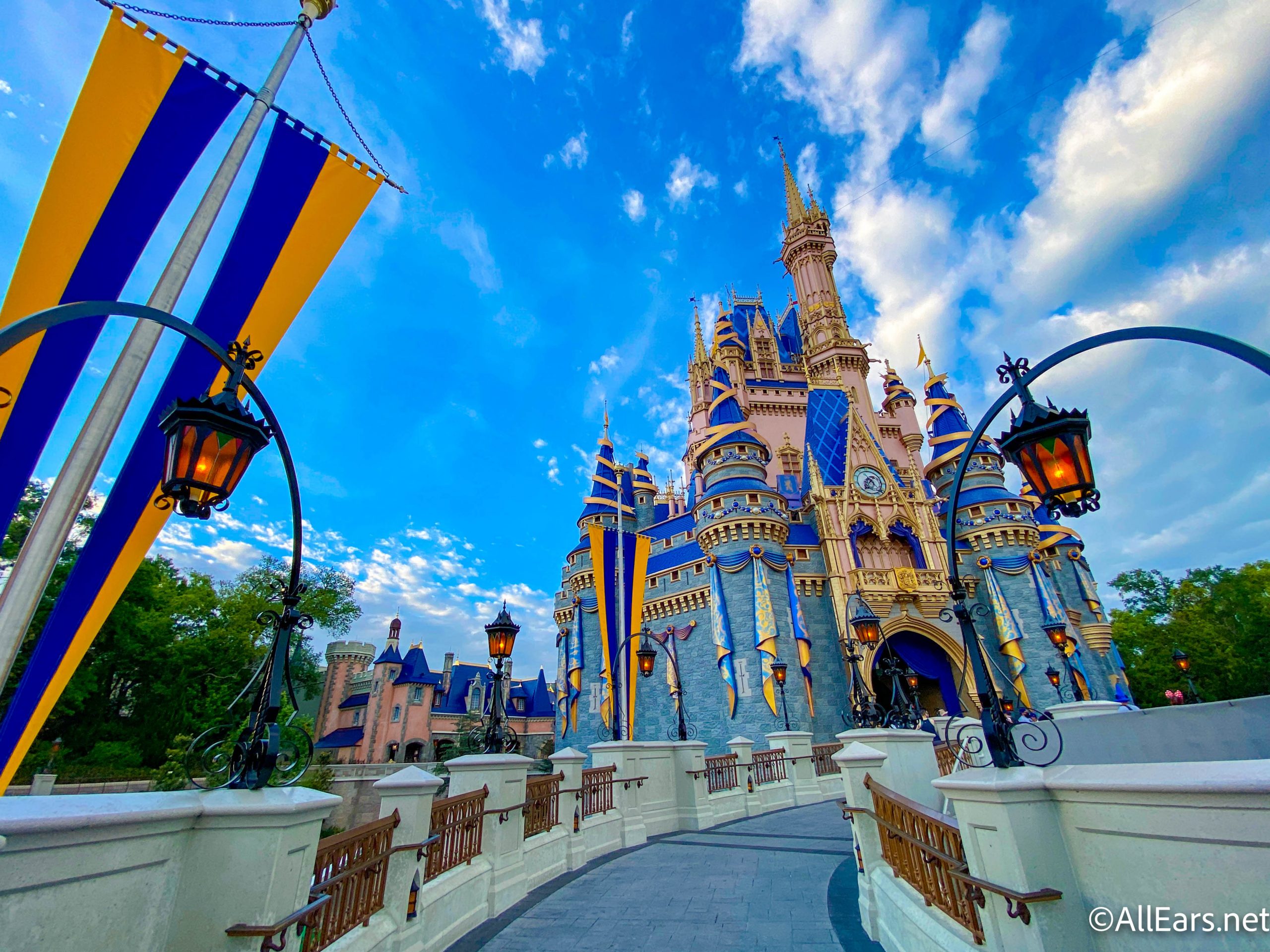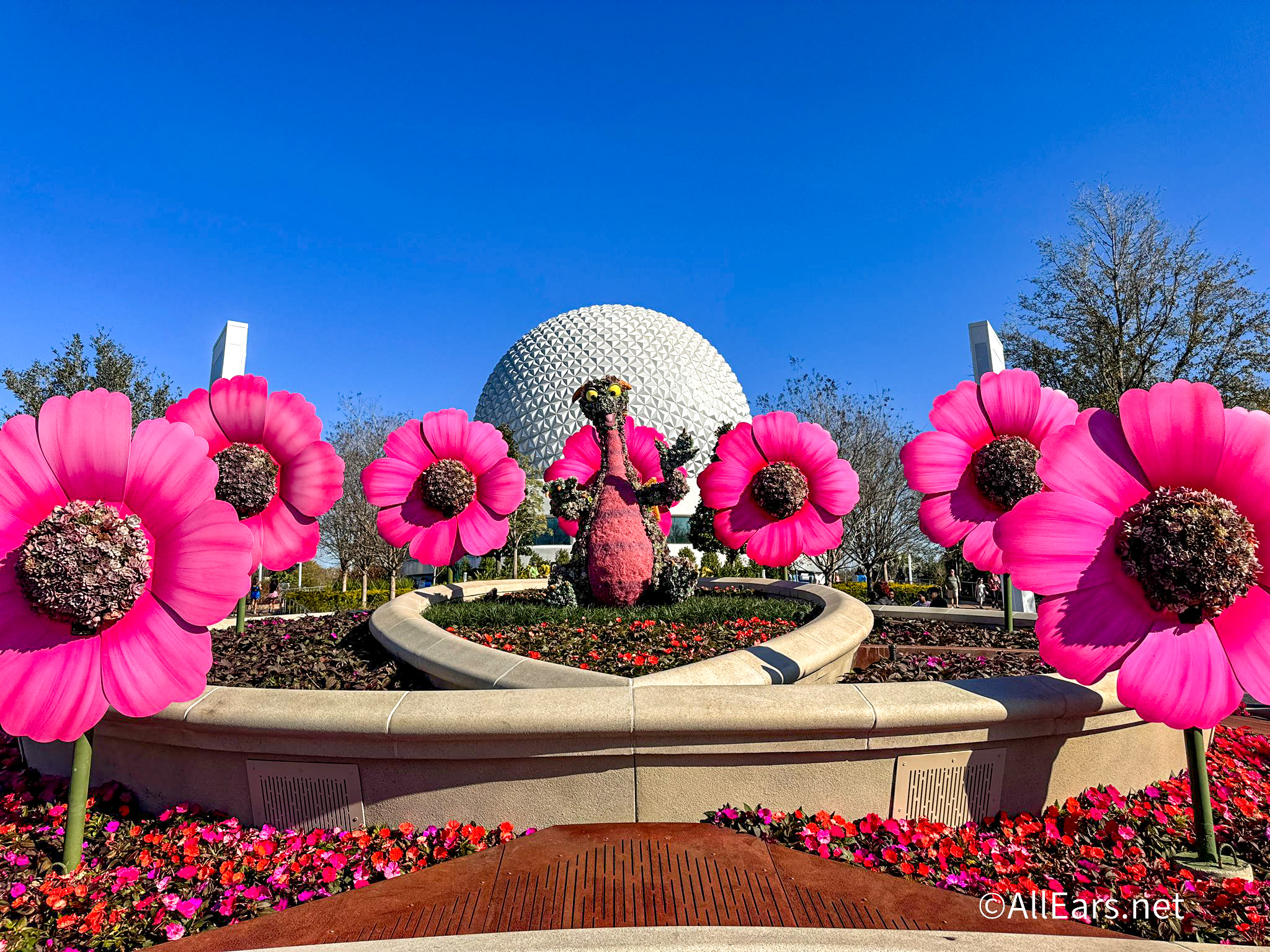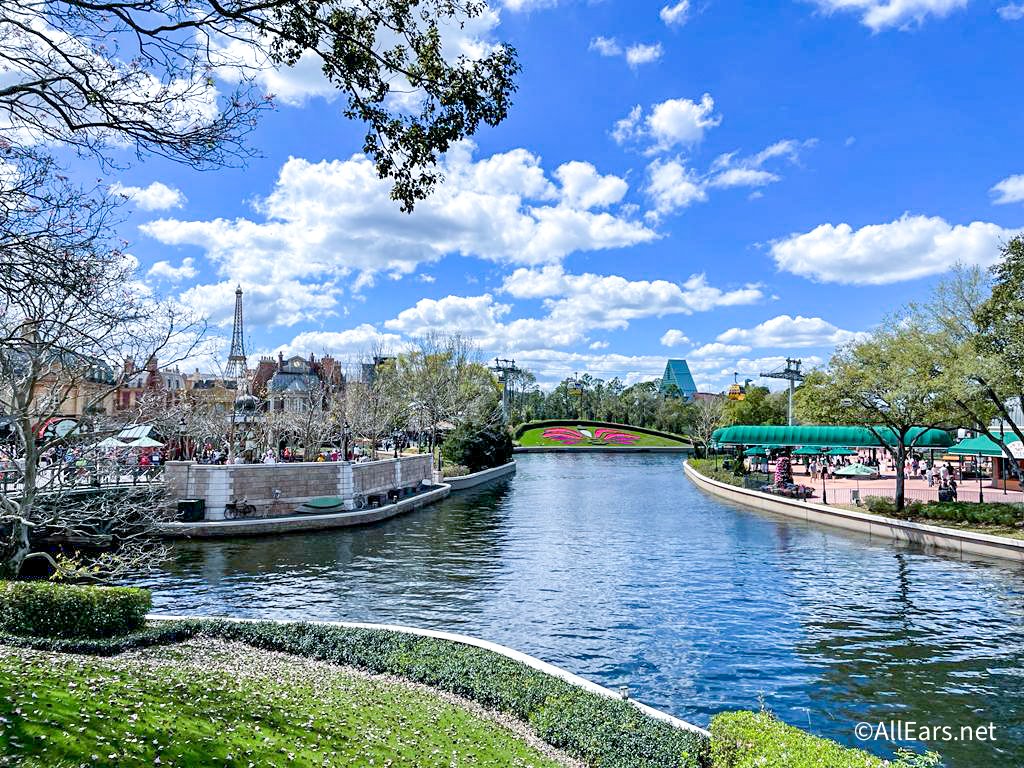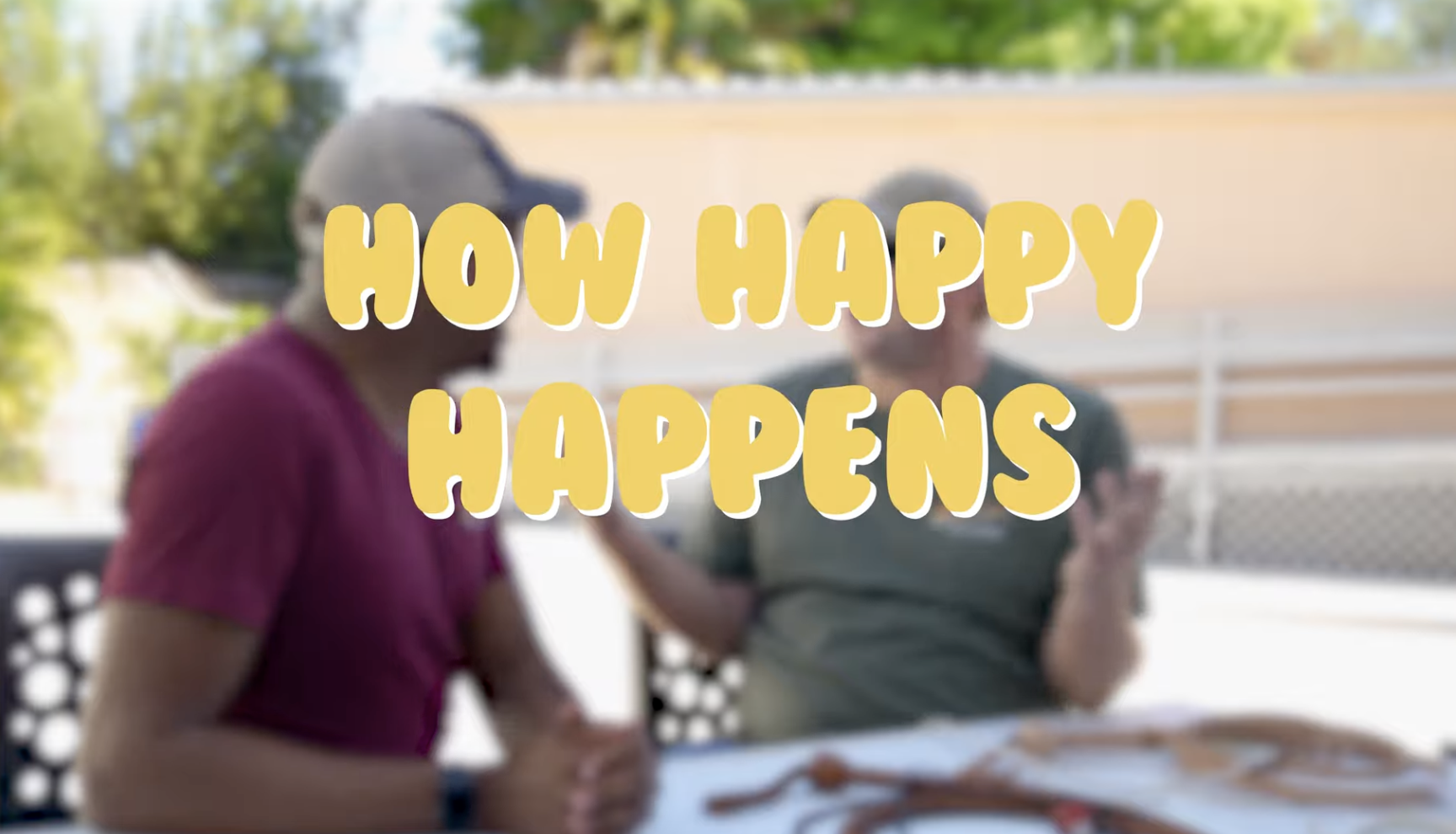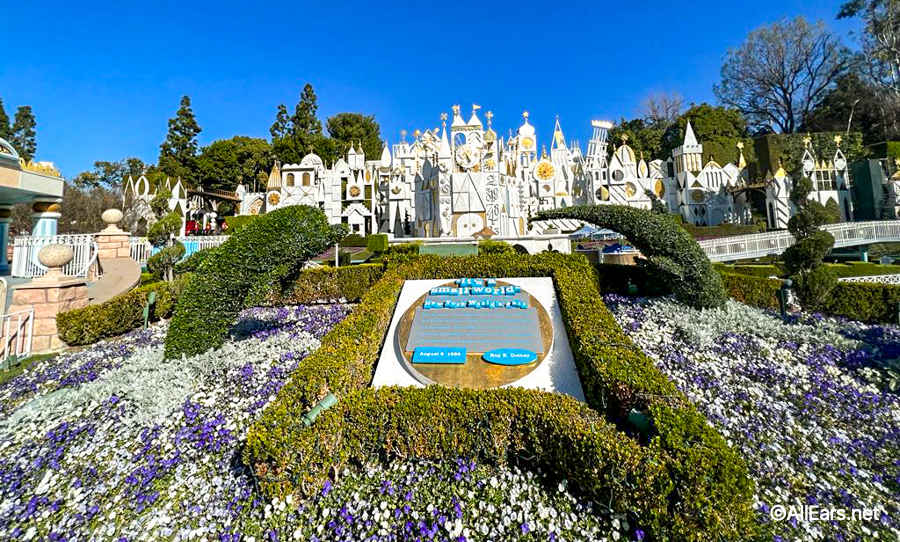Backstage at Animal Kingdom Tour Review
by Deb Wills
This review first appeared in the February 20, 2001, issue #73 of ALL EARS®
Editor's Note: This story/information was accurate when it was published. Please be sure to confirm all current rates, information and other details before planning your trip.
I'd been hearing lots of good things about the Backstage Tour at Disney's Animal Kingdom, so decided to sign up for it on my last trip to Walt Disney World.
When I called Walt Disney World Tours (1-407-WDW-TOUR), I was told to BE SURE to get to Conservation Station on the very first train, which meant before 8:15 a.m.! Needless to say, I was on the first bus from my resort to Animal Kingdom, and made a beeline for the railway to Conservation Station at the park's opening. I arrived at the entrance to the railroad walkway, along with several other tour participants, only to find out we had to wait there until 8:30. The Cast Member said he wished that WDW-TOUR would stop telling people to be there at 8:15.
Deb's Tip: On the Train to Conservation Station, pay attention as you go past the first housing group. Look up from the grass to see the Lion Rock and you might just catch a glimpse of a lion!
At the entrance to Conservation Station, we met Paul, our tour guide. He had hot coffee waiting for us, a REAL treat on this rather cool morning. Not all the tour participants were on the first train, and when they didn't arrive with the second train, the 10 of us started on our way without them.
Deb's Tip: There is a 24-hour cancellation policy for all WDW tours. If you find you won't be able to make the tour, be sure to call and cancel or else you'll be charged for the tour anyway!
Paul started off by giving us the ground rules for the tour — the big one was NO photography. Our entire tour was "backstage" and Disney has a strict "no photos" backstage policy.
We stopped in front of a holding area for owls and saw both brown-and-white freckled tawny owls and dark brown spectacled owls, both of which are usually on stage in the Conservation Station once a day. I asked if these were the owls seen in the Flights of Wonder show in Asia and Paul explained that thos birds belong to one trainer with whom Disney contracts to do the show.
We next spent about 30 minutes in the white rhinoceros (Ceratotherium simum simum) barn, a huge area of steel bars and concrete flooring that also serve as the pens for the rhinos. One of the things I noticed was how intricate the security system is… there are numerous gates and locks, checks and balances. In some areas of the barn there are no doors or gates and you move from place to place going through the steel bars. The keepers continually informed each other as to where they were and where the various animals were.
All five species of rhino fall under the American Zoo and Aquarium Association (AZA) Species Survival Plan (SSP) Program, which Disney's Animal Kingdom adheres to, to help ensure the survival of selected wildlife species. Nicole, an animal keeper, stayed with us during the entire rhino barn visit, providing us with details about these amazing animals, particularly the white rhino, which can weigh up to 4,500 pounds. We learned here that Disney's Animal Kingdom practices "protective contact," meaning the keeper does not enter the animal's pen or space. The animals are trained to come to the bars for training and examination.
Deb's Tip: Note the display of rhino photos and genealogy at the entrance to the barn. There are three herds of white rhinos at Animal Kingdom, eight rhinos altogether, spanning three generations.
Although I was warned when I signed up for the tour that there would be no interaction with the animals, we were in fact able to touch a rhino, which I found had very hard, slightly hairy skin. Nicole explained that rhino horns are made of hair and we got an opportunity to look up close and actually see this for ourselves. She also pointed out scrapes on the bars where the rhinos actually shape their own horns, making each one unique.
We were all curious as to how they get the animals to return to the barns in the evenings. Nicole explained that each animal goes through a training process with sound cues to call them in at night. Each animal type has its own cue. For the rhinos, metal bars are banged, cheetahs are called with a bicycle bell. Nicole told us most animals now know that when the sun goes down, it's time to head back to the barns and they are often waiting for the keepers to let them in.
Deb's Tip: Pick up a copy of the Field Guide to Disney's Animal Kingdom Theme Park, for sale in most of the park stores for $12.95. I found it an invaluable resource! It told me, for example, that the white rhinoceros is not white at all, but slate gray to yellow-brown. The name derives from wijt, which means "wide" in Afrikaans. Rhinos have a 16- month gestation period. At birth, they weigh 80-100 pounds.
The elephant barn is similar to the rhino barn, only much bigger! The metal bars in the elephant barn, called ballards, are 14 feet tall and sunk four feet down into concrete! Disney's Animal Kingdom has seven female and three male elephants, with 11 keepers and three managers to take care of them.
Elephant keeper Marcia explained more about the concept of protective contact, saying that it had its origins in dealings with marine mammals. She then talked to us about the positive reinforcement training program of the elephants that eventually gets the animal to respond to verbal cues. Marcia discussed how Disney's elephant program goal is to breed these animals. In anticipation, a birthing stall has recently been set up, with heating coils installed to warm the stall's cement.
The protective contact program has worked extremely well with the elephants, which have learned that their pen is theirs and no one (animal or human) will enter it. In the wild, you will never see an elephant lay down and it is rare at other zoos. However, at Animal Kingdom, the elephants feel so safe, that they will lie down for short periods of time. Marcia also discussed the problems of poaching and the environment during this segment of the tour.
As we moved to the next stop on the tour, Paul gave us a little insight into the soon-to-open Animal Kingdom Lodge. The animals there will be on a separate Savannah from the ones seen at Kilimanjaro Safari. The first two animals to arrive for Disney's Animal Kingdom were two giraffes. These same two giraffes were the first two animals brought to the Animal Kingdom Lodge Savannah! Paul also told us Disney will be strictly enforcing the rules of the Animal Kingdom Lodge especially as they pertain to the animals — any guests breaking these rules will be warned once, but subsequent infractions will lead to their being escorted out of the resort.
After a brief stop in front of a completely netted outdoor area, where we met keeper Christie and the African pygmy falcon, we proceeded to the Animal Management Office Building. En route, we learned about the parrot play area and the mobile vet truck used at Disney's Animal Kingdom.
Deb's Tip: Note the original color artist sketches of Animal Kingdom when it was still in development in the hallway of the Animal Management Office Building. They are beautiful!
We were directed to a the classroom where we finally got to sit and relax a bit — up until now we had been on our feet for the entire tour. Paul talked to us about the enrichment program that has been set up for all the animals, a very important part of their day. The scientists continue to think of creative ways exercise and train the animals so they will not become bored!
Paul told a humorous anecdote about Spike, the male lion, whose favorite food is rabbit. The rocks that Spike and the female lion share on the Savannah are separated from the jeeps by a 20-foot moat. It didn't take long for Spike to find the moat and discover it was much cooler than sitting in the hot sun on the rock. To try and get him to spend more time on the rock (and in view of the guests on safari), the scientists decided to cool the rock area with air-conditioning. At first, Spike enjoyed this and would spend his hours up there, but eventually was back in the moat. The scientists then put Spike's food (a frozen whole rabbit) on the rock for him to eat. That kept him out of the moat for a little while, until he realized he could throw the rabbit in the moat and eat it down there. Now the rabbit is frozen in a huge block of ice that is chained to a portion of the rock. Spike no longer can throw it into the moat and has a wonderful ice pop to keep him entertained during the day.
Another part of the classroom experience was an eight-minute video on animal husbandry that was just fascinating! It's all about teaching the animals to do things that allow the keepers to take care of them. Even the lions have 30-minute training sessions each day.
After the classroom time, we visited the Forage Warehouse. On the way, we could see the fires from Kali River Rapids ride and the top of the Tree of Life! Before we entered, Paul asked if anyone had serious hay allergies or had to stay away from microwaves. As we entered through the doorway; a blast of air came down from above (Paul had warned us about this). Turns out this is an invisible barrier designed to keep the insects out of the building.
First stop inside is the hay barn, made up of bales of dried grass and alfalfa hay. The grass bales turn over quickly — 30 go to the Elephant Barn alone each day! Also in the hay barn were bags of shaved wood and recycled cardboard for bedding, and bags and bags of Zoo Chow called Mazuri (a company of Purina)!.
As we entered the actual food preparation area, there were a number of shelving units filled with a wide variety of human foods which included: Cheerios, peppermint extract, all natural Polaner jellies, Skippy peanut butter, pumpkin, grits… well, you get the idea! These foods are all used as part of the enrichment program. For instance, the mandrills and gorillas LOVE Tabasco sauce, so it is sometimes used on their food.
A fascinating part of the forage warehouse is the Browse Cooler. Here is where branches of leaves are brought after they have been cut down around 2 a.m. The cooler keeps them fresh and then they are delivered to the animals 30 hours later.
We couldn't enter the carnivore freezer, but Paul brought out some samples to show us. There is actually a company in Florida called Gourmet Rodent — they raise the rodents, use carbon monoxide to kill them and then they are put in plastic bags and frozen. Beef is not used at all, but horsemeat is (high in protein and low in fat).
Our last stop on this wonderful tour was at the Veterinary Hospital, which can also be seen by guests at Conservation Station.
Deb's Tip: When you visit Conservation Station, be sure to check the white board in the hospital area so you can see what procedures will be performed that day.
We visited the operating room and learned about the recovery room, intensive care area and also the quarantine room, where each animal that arrives at Animal Kingdom spends two to four weeks.
The tour concluded back in the classroom with some final information and closing remarks. Some of the interesting things we learned about Disney's Animal Kingdom and its residents:
— Each animal has a tiny microchip embedded under the skin. This aids in keeping track of the animal, both its location and also its health records.
— Cast Member rumors vary widely on what is coming next to Animal Kingdom. Current rumors include a new land themed to South America or Australia. Once the new area is built, you will then be able to cross into different areas of Animal Kingdom , unlike now, where you have to always return to the hub.
— Animal Kingdom is the largest of all the parks. The Magic Kingdom can fit into Kilimanjaro Safari. Each of the three main parks can fit inside of the Animal Kingdom, it's that HUGE.
— Dr. Laura Graham, of Disney's Animal Kingdom, has developed the first "home pregnancy test" for elephants.
I highly recommend Backstage Safari! It was an excellent tour full of lots of fascinating information. The tour is all standing and walking except for the short break in the classroom. We were given a survey to fill out about the tour and also a special Backstage Safari pin.
Paul was an excellent tour guide and I'm sure that contributed to the great feeling I had about the tour. He was able to explain things in basic terms and willing to answer any question we raised. He was enthusiastic and very knowledgeable! Disney did well hiring this retired Michigan school teacher! If Paul is your guide, tell him Deb from the Internet said hello!
NOTE: The Backstage Tour of Disney's Animal Kingdom is three hours long and is offered Monday, Wednesday and Friday mornings for $65. Discounts may be available for American Express, Disney Club and Annual Pass Holders so be sure to ask when you call Walt Disney World Tours at 1-407-WDW-TOUR.
Other Tour Reviews:
|
Animal |
Epcot Nature-Inspired Design Segway Tour Dolphins in Depth Gardens of the World – Seasonal |
Magic Magic Behind the Steam Trains |
Disney's Hollywood Studios |
Other Tours Holiday D-Lights – Yuletide Fantasy |
-o-o-o-o-o-o-o-o-o-o-o-
Editor's Note: This story/information was accurate when it was published. Please be sure to confirm all current rates, information and other details before planning your trip.

